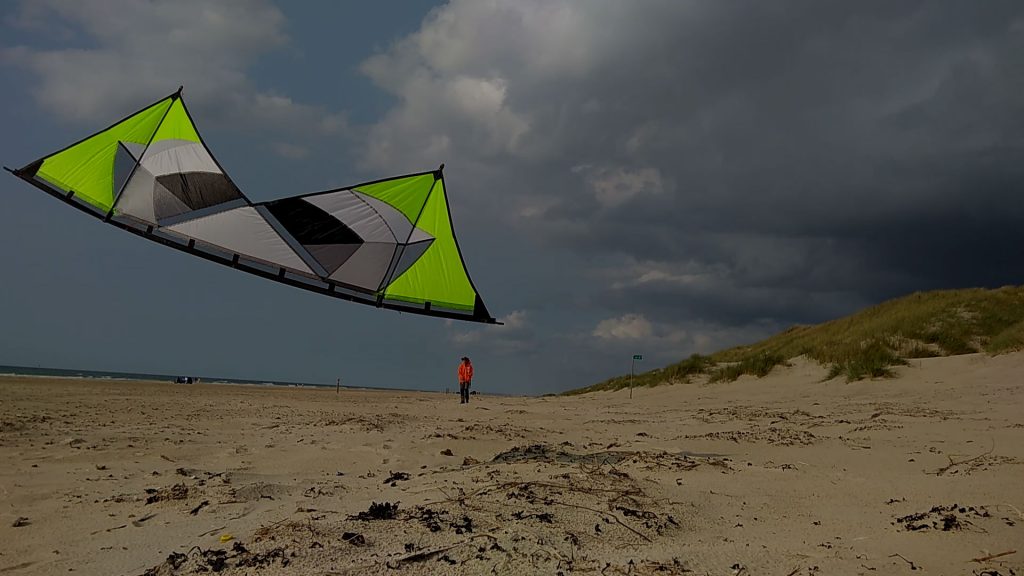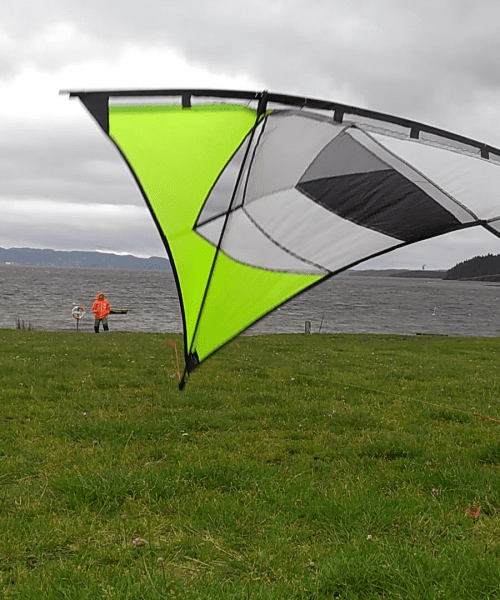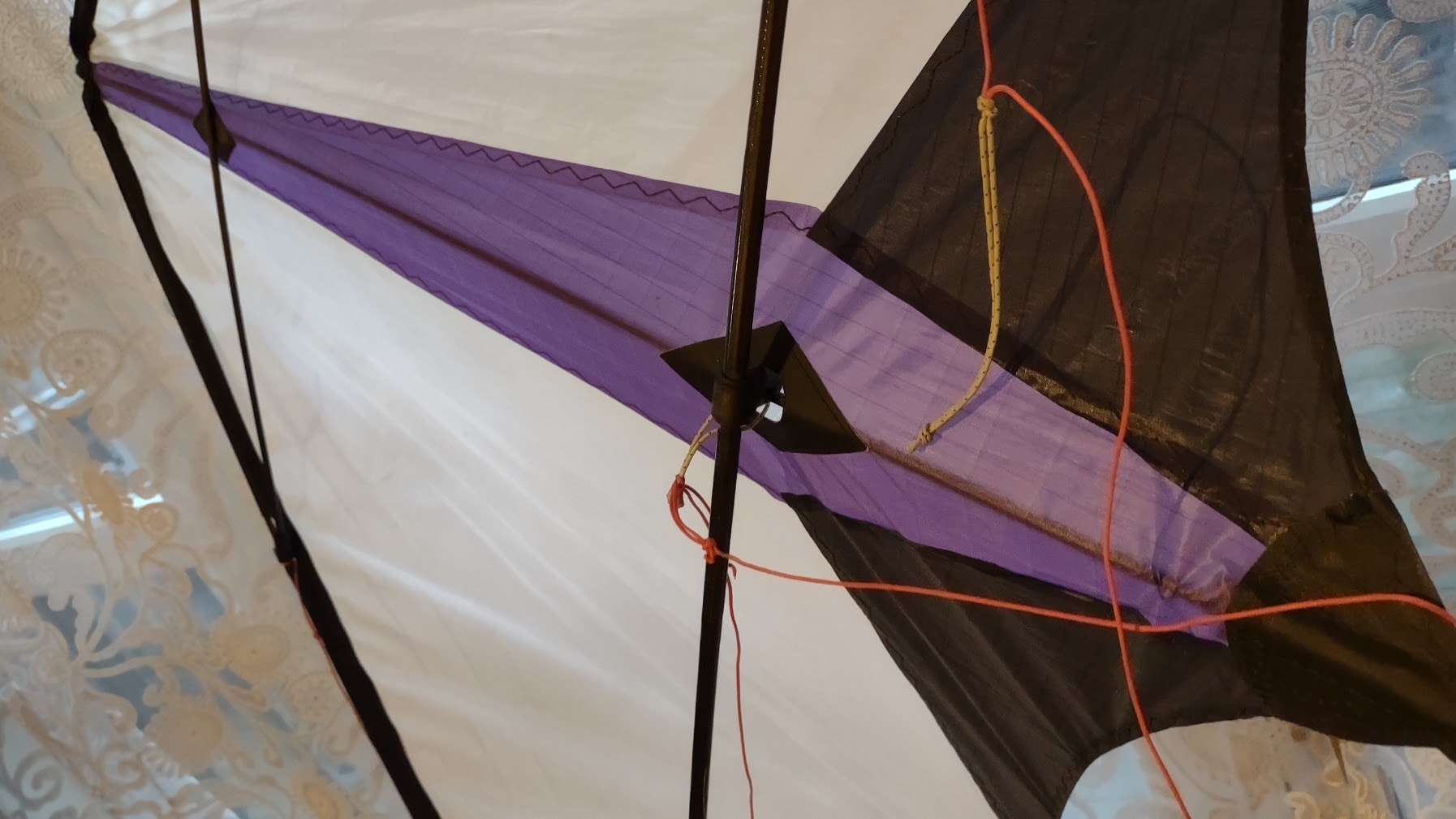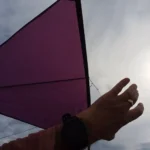Inspired by a recent blog post of mine – and Exult’s comments – I decided to dig a little deeper when it comes to
A One thing that is more present when the temperature drops and your fingers go kind of numb is that it’s more difficult to remove the flying lines from the bridle. You know after a few hours out there in the cold winter winds, that larks head can be quite a bugger.
B Sometimes you might notice that the sleeving has a tendency to kind of slide down the flying line. Not much, but enough to make the sleeving look a little funny, but more important, it may interfere with the length of the flying line which will have a noticeable impact on your flying.
So how to remedy this?
Actually it’s quite easy! A couple of knots will do the trick!

OK, let’s take closer look at A, how to loosen that larks head knot. All you have to do is to tie a single overhand knot right at the end of the sleeved noose, like in A) in the photo above. This will make it much more easy to get a grip on that sleeving and jerk the larks head knot open.
…and make sure to do the same for all sleeved ends of your flying lines to keep things symmetric.
Then it’s time to check out B, how to keep the sleeving from sliding. If you take a look at B) in the photo above you can see there are two knots. Many pre-sleeved line sets come with one knot only. This single knot might not be enough to prevent the sliding. However, just tie another knot – overhand or even better, a figure of eight knot – pretty close to the first knot and your trouble should be history!
I guess no remedy is absolutely bomb proof, but these two knots are as close as they come!
Now, that was knot that difficult, was it?! 😉


























0 Responses
Way to go – two puns (much like those I use to to terrorize my children with) in the same blog article!:
* ”A couple of tricks up your sleeve!” – good delay, headline pun first obvious after clicking on blog link and starting to read the page.
* ”Knot that difficult!” – You won’t detect this one if speed reading.
I’ve thought about rubbing the part of line where the sleeve will end up with some harder natural resin (of the type used in single line childhood prank violins attached to a window with the object of causing noise or as I’ve read for the bow of more normal violins). Two things have stopped me: a) The availability of “proper” resin – needs to get hold of it (which is a poor excuse – got plenty of would do pine fatwood (a.k.a. pine knot) in various stages of hardening/”freshness”). b) If some of it would diffuse to the rest of the line, the friction would increase which is exactly what you don’t want. It kind of reminds me why I’m hesitant to try the recommendation to treat my old line sets with silicone oil or spray – it might eventually end up in the sleeve (or pigtail to bridle attachment points of a sheathless (low wind, pure spectra/dyneema) bridle possibly causing random uneven changes in nose angle) possibly causing it to slide. Perhaps very small amounts of booth would work?